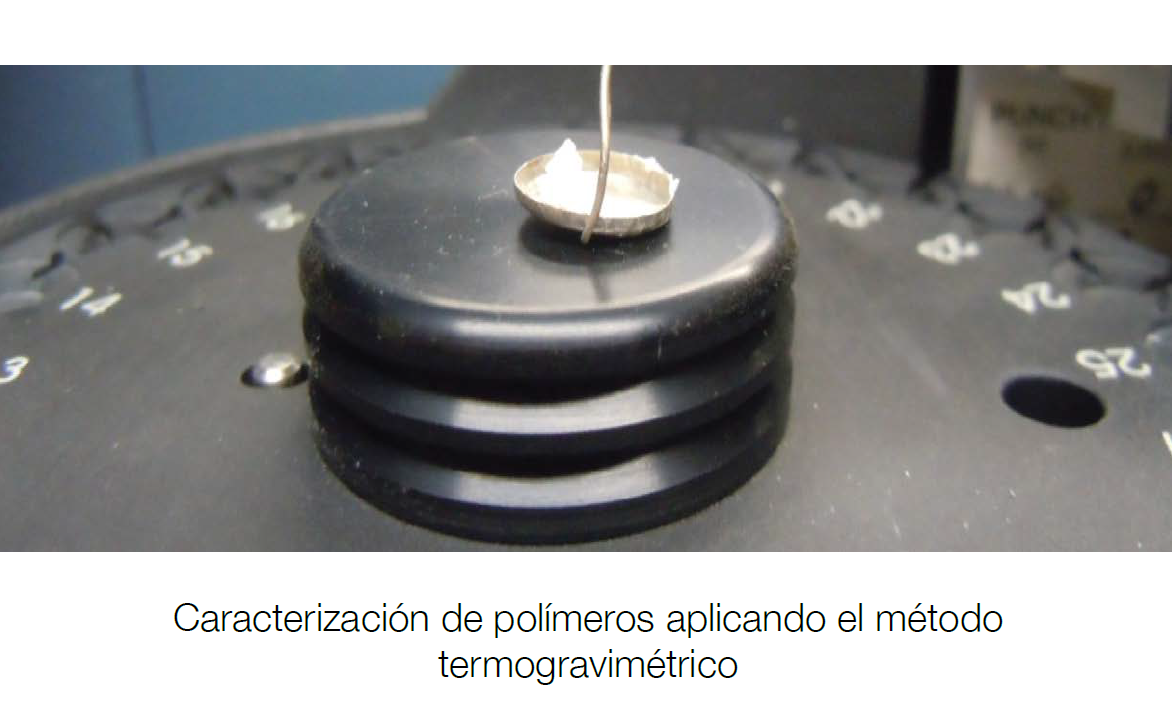Abstract
Thermogravimetry is a technique that has been used for characterization of materials, especially coal and clays. In recent years, the technique has been extended to other materials. This technique, in addition to other thermal techniques, provides a source of information not only thermal but also chemical. It is important to note that this method does not reveal the chemical composition of the material that is being studying nor identify the thermal changes that are not associated with mass changes such as crystallization or glass transition.
Thermogravimetry analyses the mass changes as a result of a variation in temperature or by subjecting a material to a set temperature for a defined period. The mass changes identified can determine under what conditions the materials decompose. The results are expressed graphically by thermograms.
References
American Standard for Testing and Materials. ASTM E473-11. Standard Terminology Relating to Thermal Analysis and Rheology. Páginas 3.
American Standard for Testing and Materials. ASTM E1131-08 Standard Method for Compositional Analysis by Thermogravimetry. Páginas 5.
American Standard for Testing and Materials. ASTM E1142-11. Standard Terminology Relating to Thermophysical Properties. Páginas 7.
Conesa Ferrer Juan Antonio Curso básico de análisis térmico. San Vicente : Club Universitario, 2000. Recuperado de http:// www.editorial-club-universitario.es/pdf/174.pdf. Páginas 20
Fraga Grueiro Libertad "Estudio cinético , dinamomecánico y termogravimétrico del sistema epoxídico BADGE (n=0) / m-XDA, mediante las técnicas de análisis térmico : DSC, DMA y TGA. Construcción de un diagrama TTT". - Alicante : [s.n.], 2001.Pp 97-104






